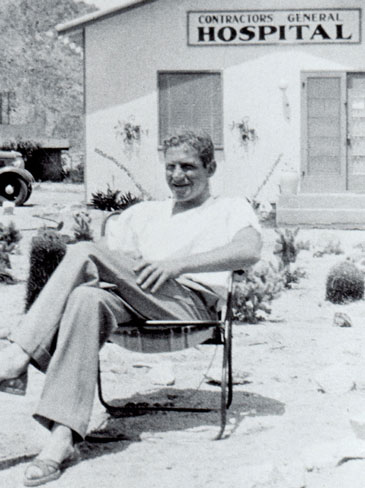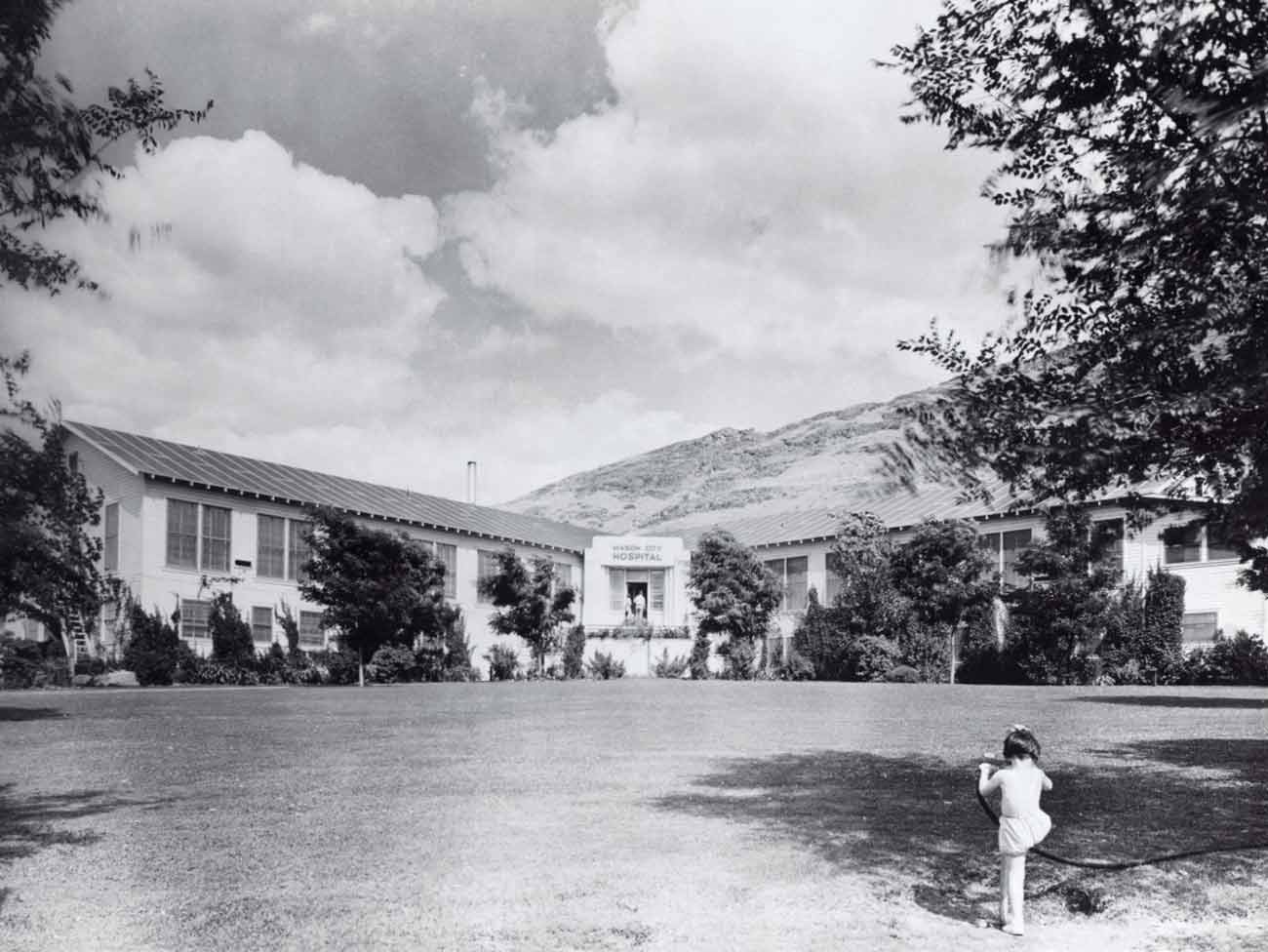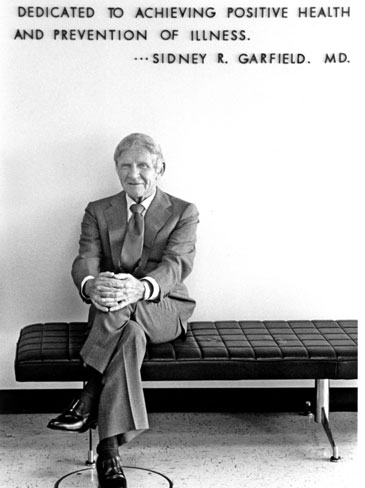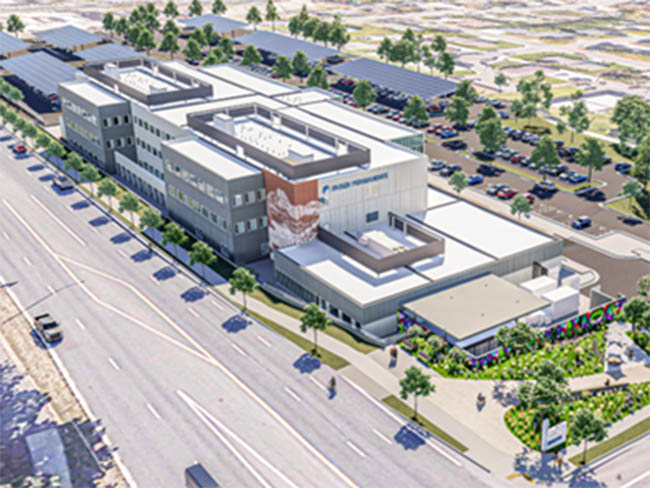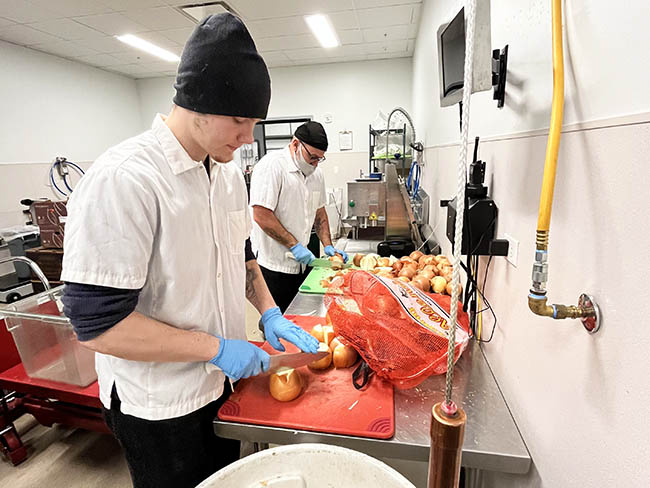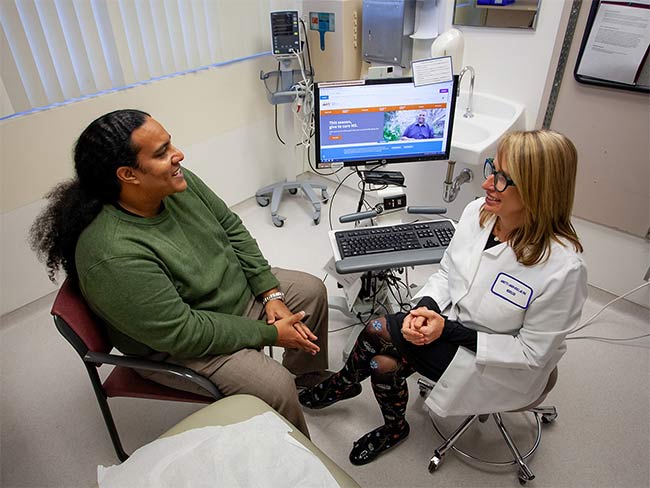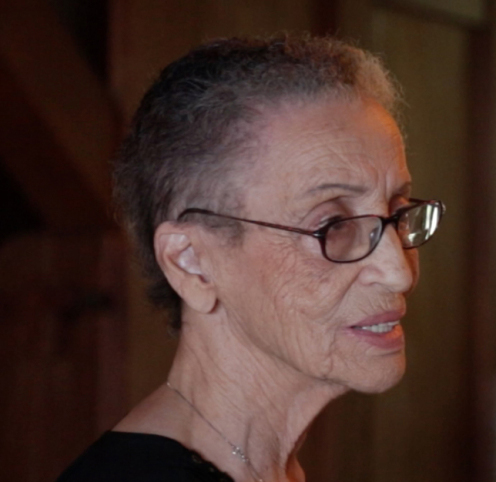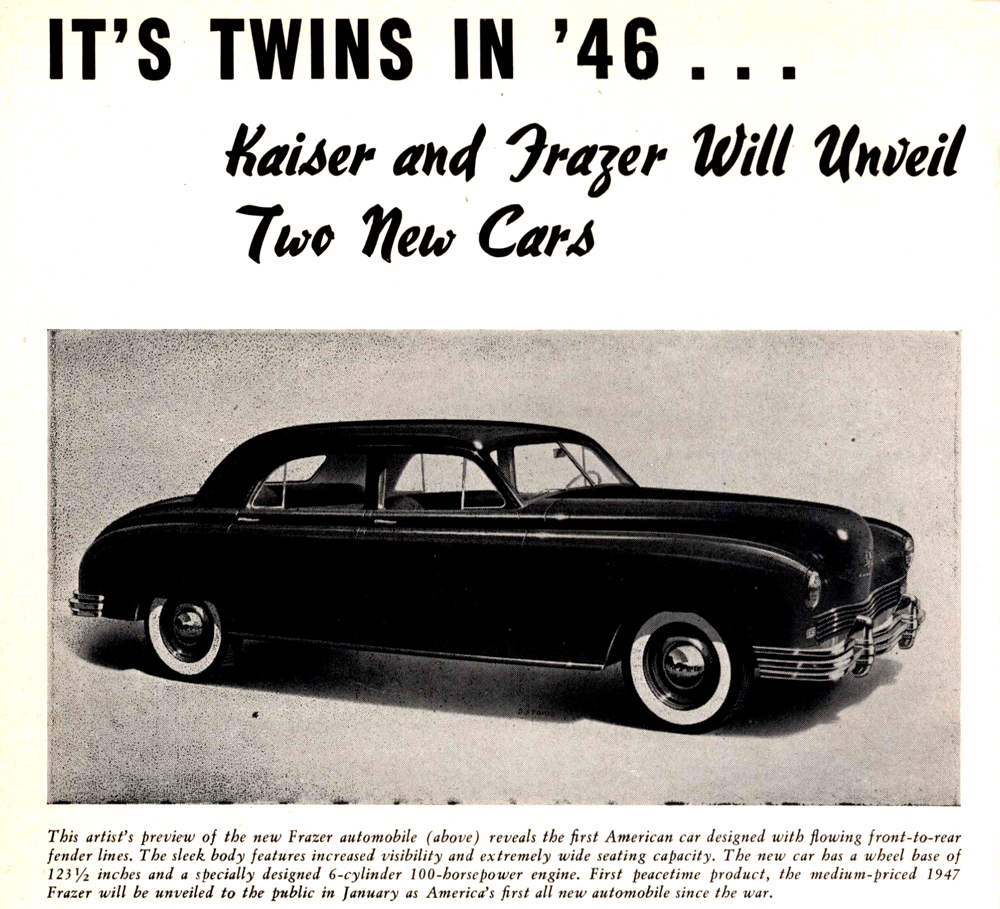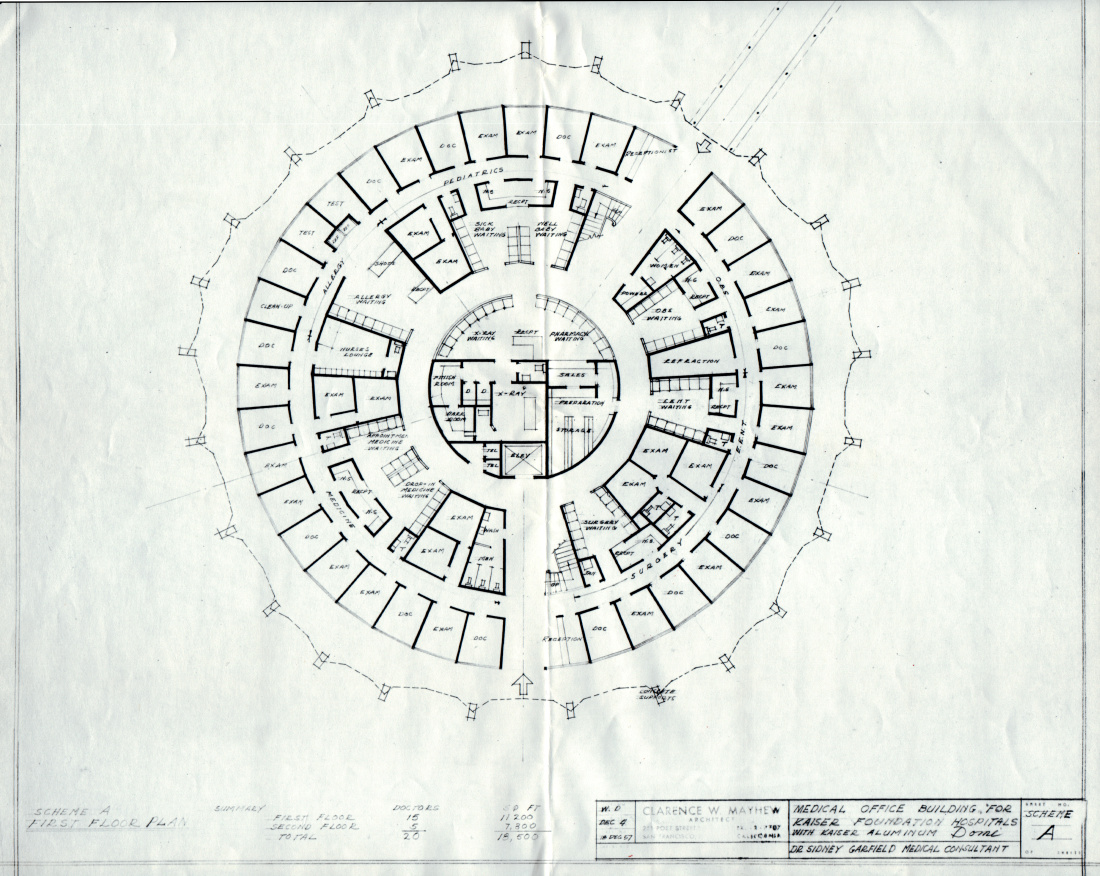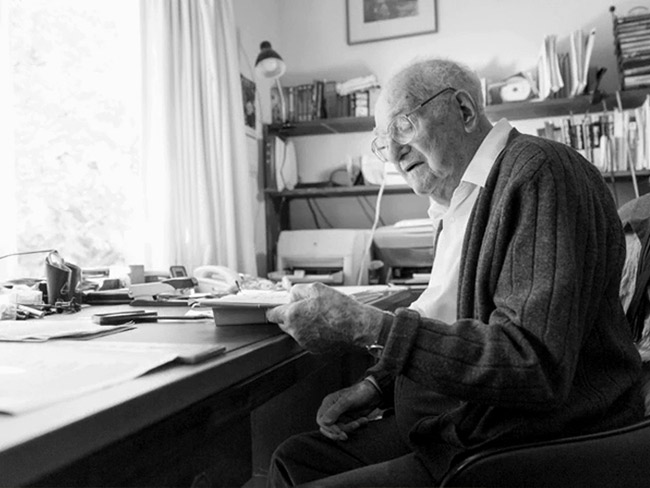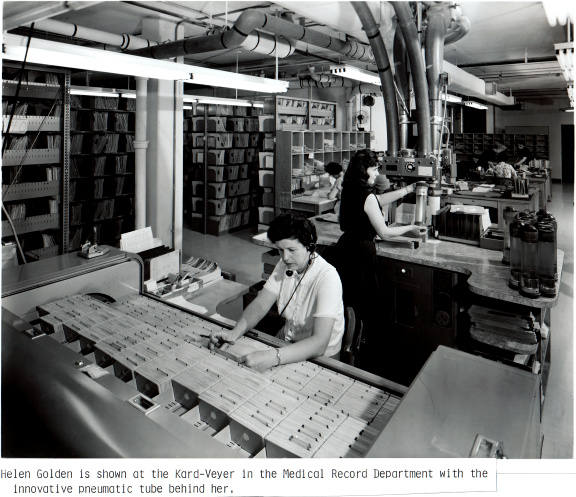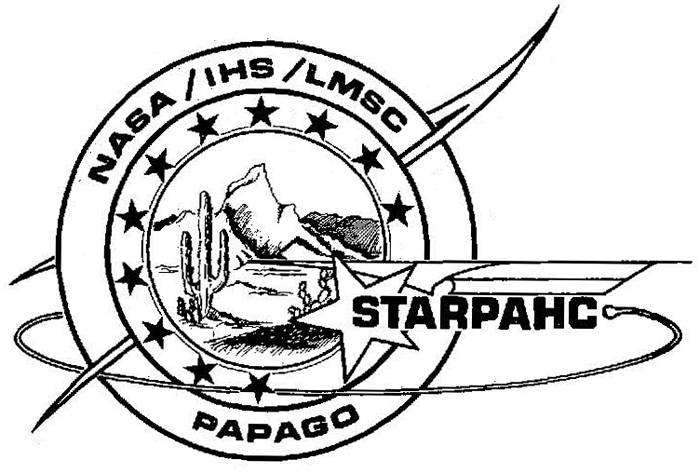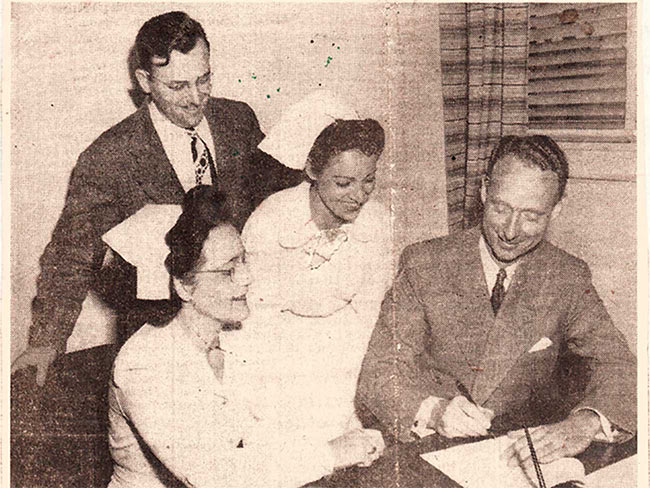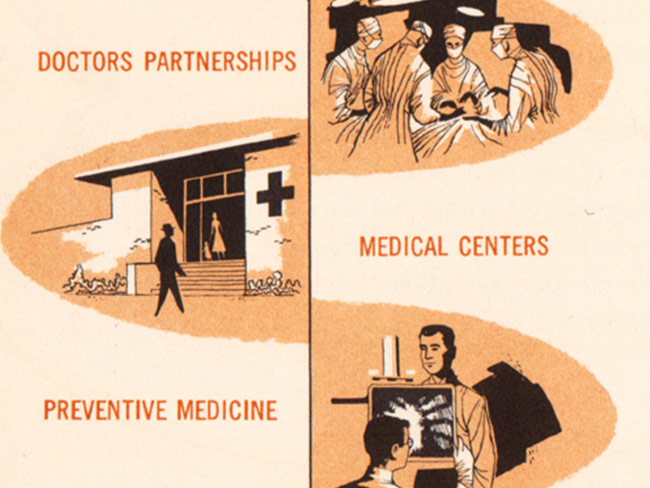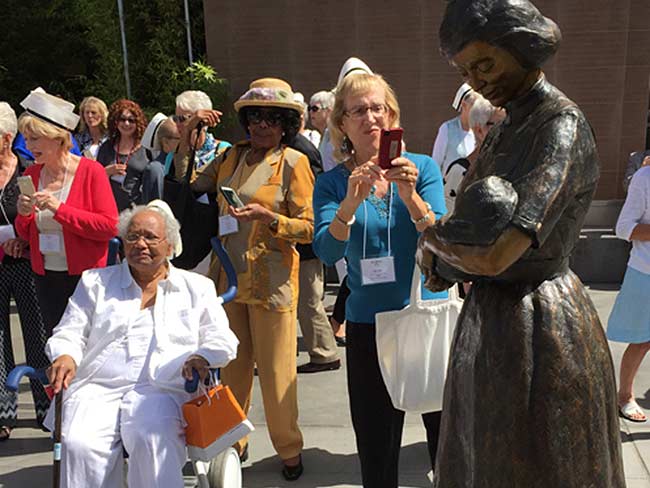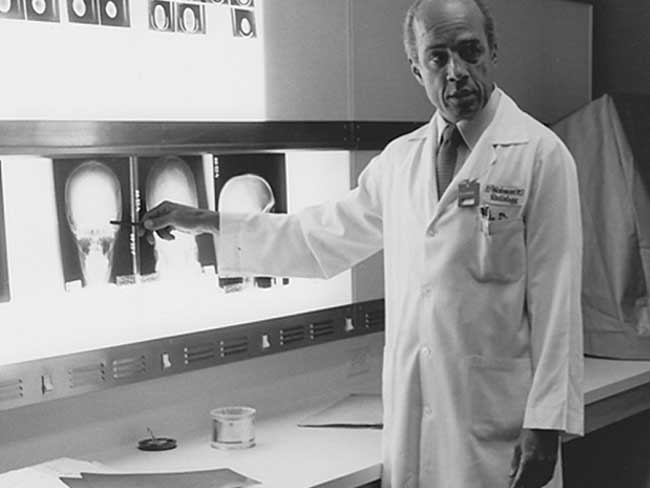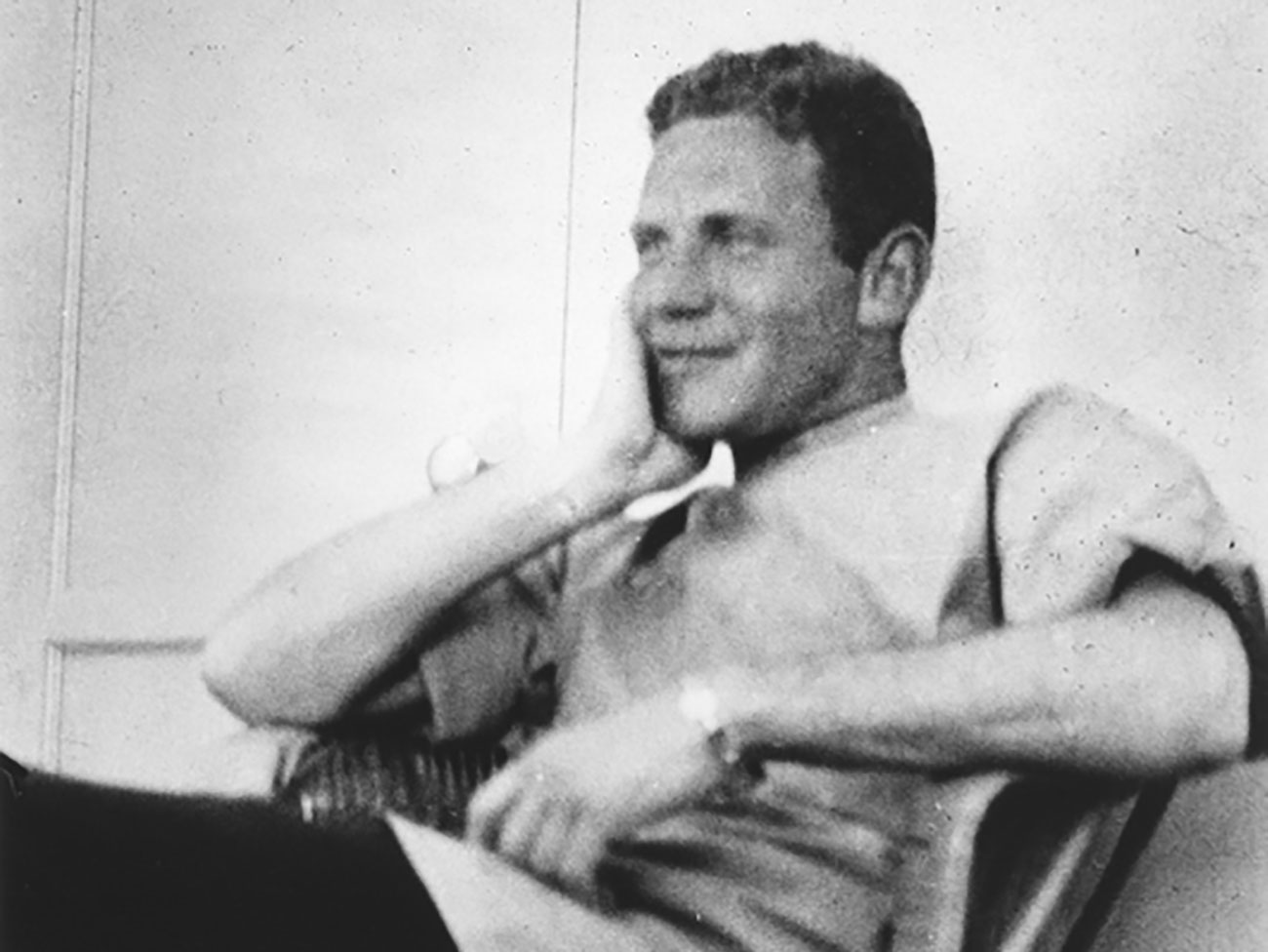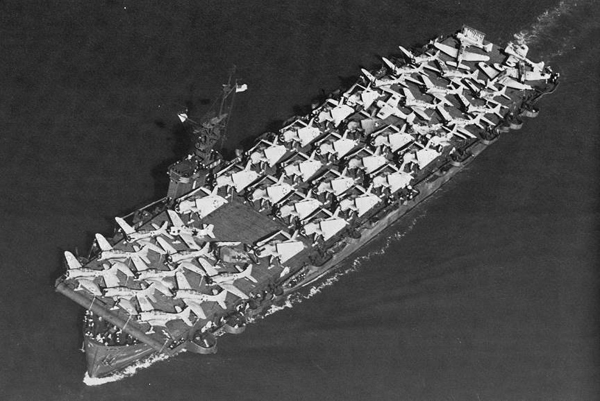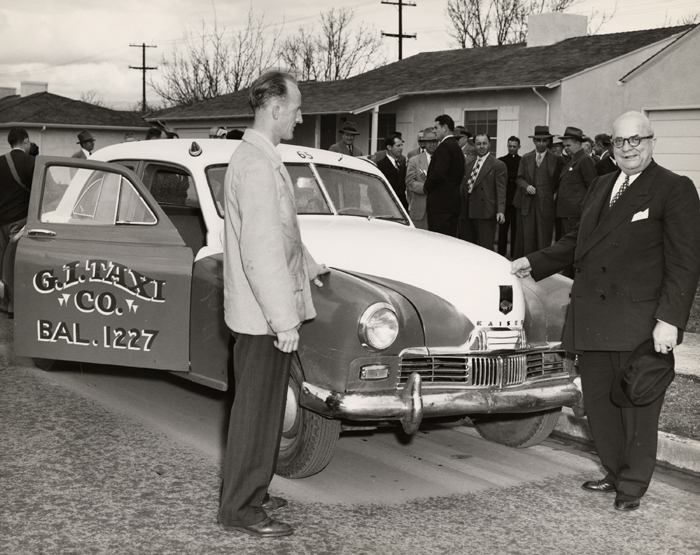Sidney R. Garfield, MD, on medical care as a right
Hear Kaiser Permanente’s physician co-founder talk about what he learned about building a medical plan.
Listen to Dr. Garfield in our “Earful of History” podcast.
Sometimes the best way to bring the past to life is by hearing stories told by the people who were part of it.
In this “Earful of History” podcast, our founding physician talks about what he learned about building a medical plan, starting in 1933.
Full text for the podcast "Dr. Sidney Garfield on Medical Care as a Right"
Hello, I’m Lincoln Cushing. Welcome to Kaiser Permanente’s “Earful of History.”
Today we’ll hear from our founding physician, Doctor Sidney Garfield. He had some interesting things to say about medical care as a right — and also about the origin of what we now call Permanente medicine.
Dr. Garfield’s talk comes to us from a 1972 lecture he delivered to community medicine students at the University of Southern California Medical School.
Let’s go way back to the Great Depression when America's industries were in shambles, people were out of work, and things were really tough.
In 1933, Dr. Garfield was fresh out of medical school, and he’d set up a small practice in Southern California’s remote Mojave Desert. He was providing industrial medical care for the workers on the Colorado River Aqueduct project.
Dr. Garfield:
I soon found myself in rather serious financial difficulty. Knowing nothing about medical economics, I had tackled the impossible job in those days of trying to take care of a group of workers with none of the usual crutches. There were no rich to pay for the poor. No subsidy. No philanthropy. There wasn’t even a county hospital to which we could send our charity cases.
Dr. Garfield’s problem was the standard business model of industrial medicine where he got insurance reimbursement for treatment after a worker was sick or injured. So he worked out a new deal with the insurance carrier. Dr. Garfield was prepaid a fixed amount per worker, and in turn he guaranteed he’d provide their needed medical care while on the job. This was a win-win solution. It assured Dr. Garfield a steady income to run his clinic, but more importantly, it gave him the incentive to keep the workers healthy instead of making money when they got injured.
The aqueduct project ended in 1938. He was going to go into private practice, but history intervened. Dr. Garfield went up to care for the workers at industrialist Henry J. Kaiser’s huge dam project on the Columbia River in Washington: Grand Coulee Dam, the largest concrete structure ever built.
[Woody Guthrie sings “Grand Coulee Dam.” He was hired by the Bonneville Power Administration to promote the wonders of the new dam.]
Dr. Garfield, reluctant at first, became excited at the prospect of fixing up the decrepit local hospital and bringing in a top-notch staff. There, he learned a lesson — a prepaid health plan for whole families can be effective and affordable.
Dr. Garfield:
In the beginning, we took care of the workers with the health plan. And we took care of the families on fee-for-service.
And we soon found out that it didn’t work at all. It was too painful of a situation. The workers could get their care so easily through their health plan. And they had such problems paying for the care for their wives and children. It bothered not only the workers; it bothered the employer. It bothered the unions. It bothered our physicians. And so pretty soon we were being pressured on all sides to start a family plan ... 50 cents a week for the wife, and 25 cents a week for each child. [We] started a family plan.
And that worked beautifully too. From then on we had no concern. No problems taking care of the women and the children. But that rounding out of our employee plan to a complete family plan was Coulee’s contribution — greatest contribution to our lessons in medical care.
Bear in mind that until this point in history, health insurance plans didn’t really exist. If you got sick, you hoped you had enough money to pay a doctor, and you often delayed that until things got really bad.
Dr. Garfield:
Prior to the family plan, walking through the corridors of our Coulee Dam hospital, you would see a fair amount of very sick women and children. Terminal pneumonia. Ruptured appendices. Diphtheria cases and so forth. After the plan had been in operation for several months, that picture changed. The level of illness of these people changed. Walking through the corridors now you would see simple appendices, and early pneumonias. And diphtheria disappeared completely with the immunizations we offered with our health plan. The barrier of cost being removed, these people were coming in earlier for care. We were able to treat them earlier and prevent them from getting complications. And I’m sure preventing many of them from dying. That was a lesson that we’ve never forgotten.
This was the origin of what we now call Permanente medicine. Speaking to the roomful of community medicine students, he reflected on the important medical model he’d developed through his association with Henry J. Kaiser and the efficiencies of the Kaiser Permanente Health Plan:
Dr. Garfield:
In conclusion, in view of our commitment to medical care as a right in this country, this is … comprehensive health services, of high quality, to every person, the importance of this research and potential benefits is self-evident. We can never achieve the goal of medical care as a right without a delivery system that matches the demand of that right.
This new delivery system [I just described] does just that. It provides increased capacity, increased accessibility, appropriateness of service, comprehensiveness of care, continuity of both health care and sick care, efficiency of resource utilization, and is cost-effective. Its new services are relatively easily staffed, and it promises ready transferability and adaptability to most all forms of practice and geographical areas.
It’s impressive that an industrial health plan from the Great Depression would evolve into a robust and effective model of health care for all Americans.
It’s a testament to the persistence of mission and the dedication of thousands of physicians, staff, and administrators, starting with Dr. Garfield.
Thanks for joining us in this Kaiser Permanente “Earful of History.”
This audio is from a 1972 lecture Dr. Garfield delivered to Community Medicine students at the USC Medical School, recorded by Robert Tranquada, MD, and donated to Kaiser Permanente Heritage Resources.
